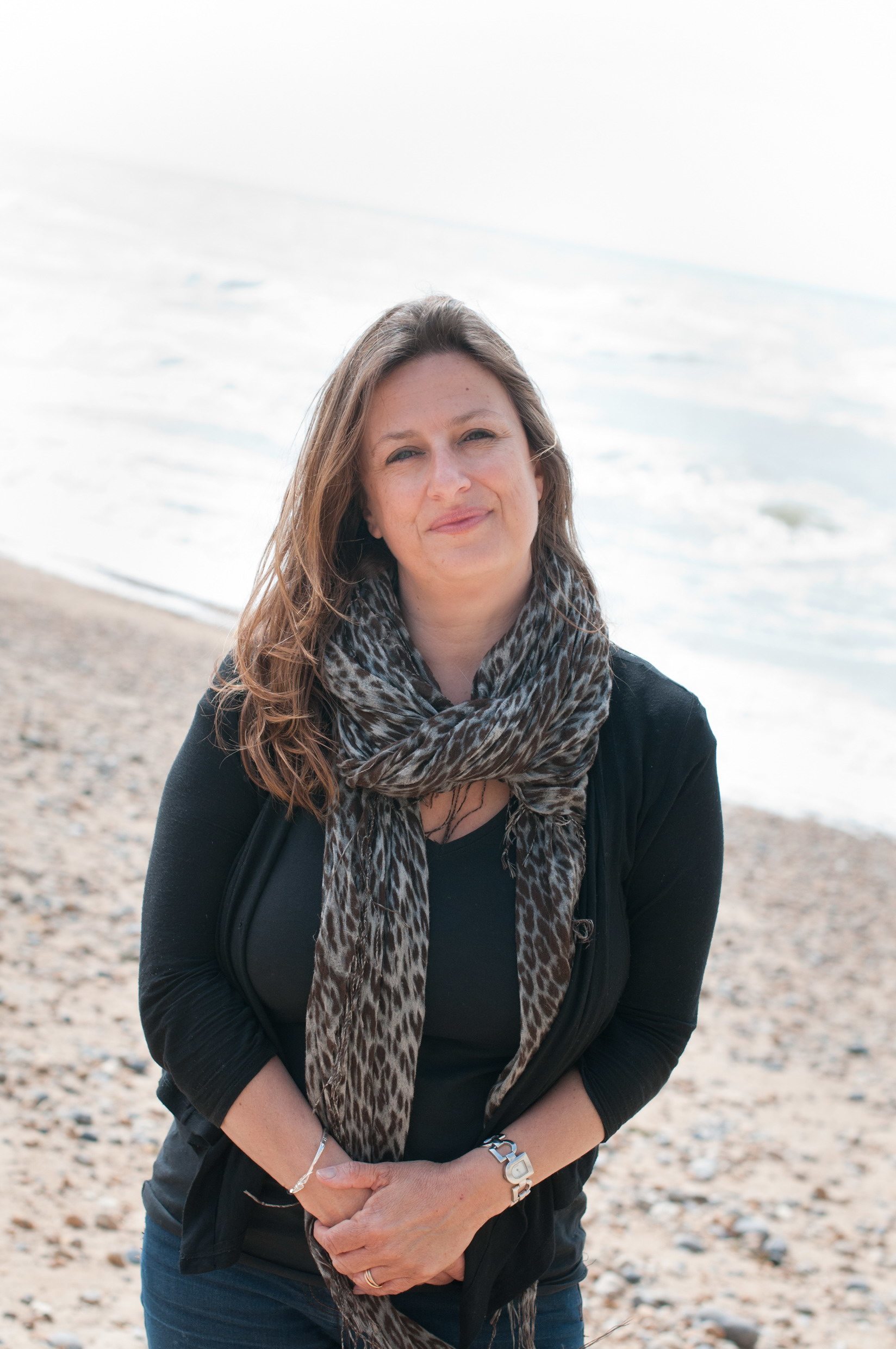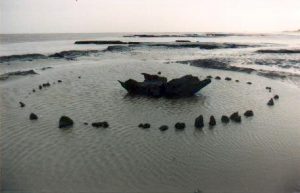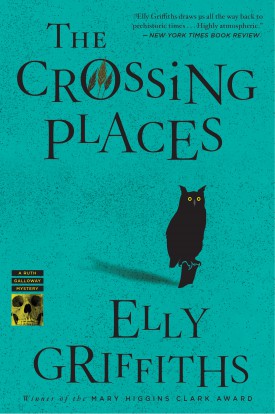The Crossing Places is the first novel of ten in Elly Griffiths’ detective novels following Dr. Ruth Galloway.
Elly Griffiths is the pseudonym of Domenica de Rosa. Her character of Ruth was based on her husband, an amateur archeologist. In addition to her Ruth Galloway novels, she also has 4 novels following detectives Stephens and Mephisto, as well as 4 Italian romance novels under her own name.2
The plot begins when a police inspector, Harry Nelson, comes to ask Ruth about the bones of a child found in the Saltmarsh. Ruth identifies the body as being from the Iron Age, exciting her research, but disappointing Nelson who is searching for two young girls who are missing. The first, Lucy Downey, disappeared 10 years prior with several cryptic notes sent to the police hinting where her body was. The second, Scarlet Henderson, disappeared a few days previously, with a similar note sent to the police. Ruth gets drawn into the case and begins to help their investigation. From here the plot twists and turns to an intense and shocking ending.1
Ruth is an interesting protagonist, and an even more interesting detective. As this is the first novel following her investigations, this introduces the reader to her character. From the first few chapters we are given a clear idea of who Ruth is through the close 3rd person narrative, as well as her actions and interactions with others. She is an archeologist and professor, who is nearly 40 and unmarried, with a somewhat tense relationship with her parents. She is slightly overweight and does not generally put much effort into her wardrobe. One of the ways I always say you can get to know someone is by looking at their bookshelves, something we see in the description of her house.

The author, Elly Griffiths
“[…] books covering every available surface. Archaeology books mostly but also murder mysteries, cookery books, travel guides, doctor-nurse romances. Ruth is nothing but eclectic in her tastes. She has a particular fondness for children’s books about ballet or horse-riding, neither of which she has ever tried. (13)
Through this and other early descriptions, we are able to see Ruth’s inquisitive nature, something that makes her a very competent investigator, although due to her novice she is still somewhat unexperienced. Much of her detection skill comes from her academic background and archeology experience, giving her a very different perspective than many other detectives. She is also quite likeable, and her relationships with other characters are fun to read about, making me very interested in reading the following books.
The other main character, Detective Inspector Harry Nelson is a more standard detective character, as he is a serious police officer. He is very dedicated to finding out what happened to the girls. Although he is at first hesitant to trust Ruth, they soon gain a mutual respect for each other.
The side characters are also entertaining, such as Ruth’s best friend who is an English professor, her archeology mentor, her ex-boyfriend, her bird watching neighbor, and a mysterious pagan man.

A seahenge as seen in the novel
One of the most interesting parts of the novel is the setting. Ruth lives in a house in England next to a large saltmarsh. On this marsh is a seahenge, leading to many archeological digs on the location, and a mystical air around the place.
The novel is part of the police procedural tradition, as it follows the process that the police go about in cases, with the addition of archeological techniques in the solving of the crime. However it also contains similarities to the cozy as it follows the inhabitants of a small town where many of the people know each other, with not a lot of crime usually happening. This combination of genres makes the novel more modern than some previous stories in the tradition.
It was well received, it was the winner of the Mary Higgins Clark Award in 2011, and was shortlisted for the Theakstons Old Peculiar Crime Novel of the Year.2
Overall I would give the novel a 4/5, it was a fun and fast mystery that also gave an interesting look into the practice of archeology. The highlight of the novel is definitely the rich setting and relationships between the characters, and I am definitely interested in picking up the next novels in the series to see what happens to them.
Sources
- Griffiths, Elly. The Crossing Places. Houghton Mifflin Harcourt, 2010.
- Griffiths, Elly . “The Crossing Places.” Elly Griffiths, ellygriffiths.co.uk/book/the-crossing-places/.

